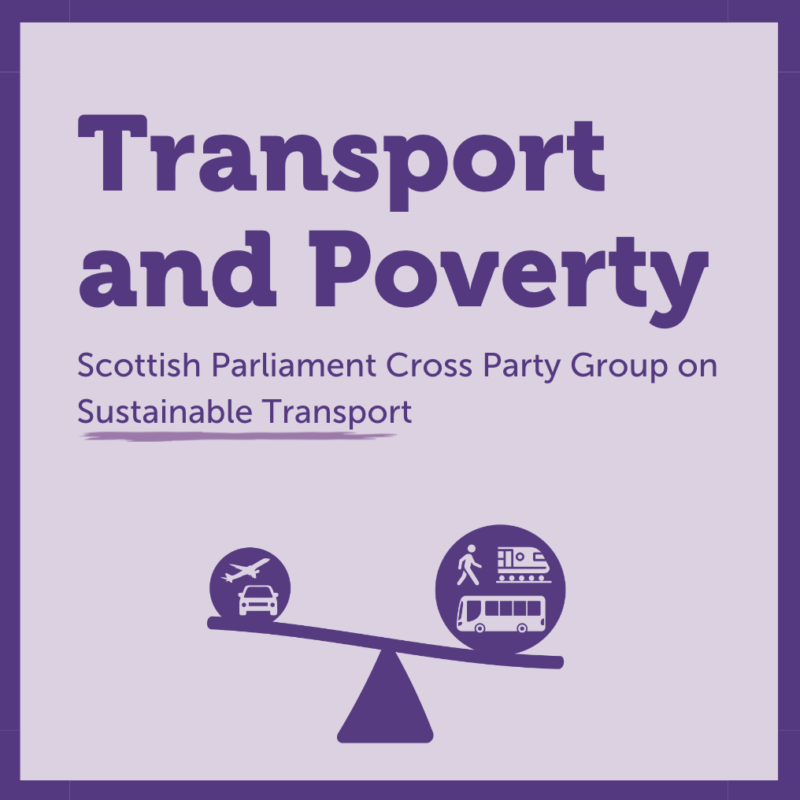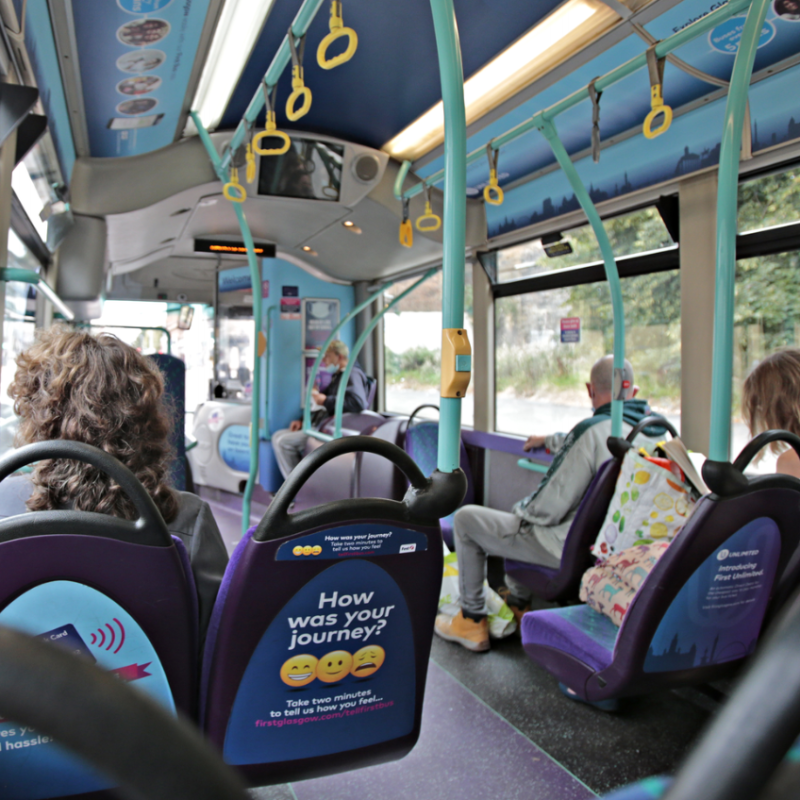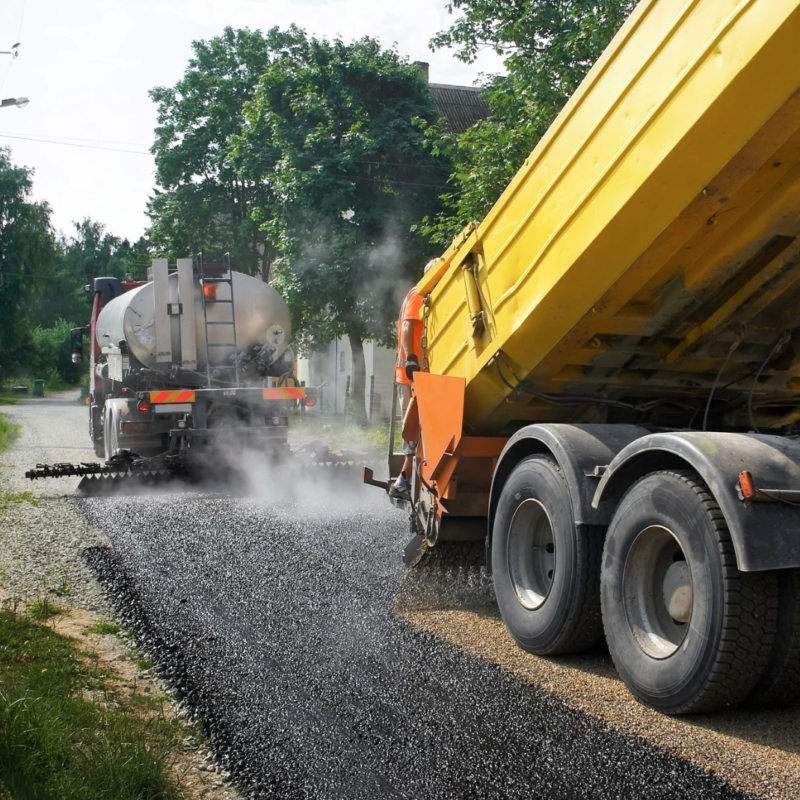Dr. John McCormick, Chair of the Scottish Association for Public Transport (SAPT), reports on the future of Scotland’s ferry fleet and the the Government’s commitment to reduce emissions by 2032.
Scottish ferry fleets
Caledonian MacBrayne has the largest number of ferries (35) in the UK, of which 32 are owned by CMAL. There are also 6 under construction. Northlink operate three larger and faster ferries to Orkney and Shetland, and two freight and livestock ferries, while Pentland Ferries also link to Orkney from Gills Bay. Orkney Ferries have 9 inter-island smaller ferries and Shetland has 12 inter-island ferries. Western Ferries operate the busiest vehicle ferry crossing in Scotland from McInroy’s Point (Gourock) to Hunter’s Quay (Dunoon) using a fleet of four relatively slow but efficient Cummins diesel engined ferries. Argyll and Bute Council also operate ferries on short routes to Luing, Lismore-Port Appin, Jura-Islay and Easdale. Highland Council maintain the short Corran-Ardgour route, the second busiest vehicle ferry route in Scotland.
CO2 emissions
Shipping produces 15.5% of transport emissions in Scotland, according to Scottish Transport Statistics. Domestic shipping accounted for 2 MtCO2 (million tonnes CO2 ) in 2018, out of a total of 41.6 MtCO2 and CalMac emitted 0.126 MtCO2 in 2019/20. Meanwhile, CalMac’s environmental strategy has a target for cuts of 2% per year in fuel consumption. Implementing shore power supply is helping by reducing fuel burn overnight.

The Scottish Government has also set a target to increase the proportion of low or zero emission ferries in Scottish Government ownership to 30% by 2032. The 30% refers to the number of ferries, rather than the overall emissions of the entire fleet.
Zero-emission ferries will be smaller ferries on short distance routes. Larger vessels used on longer distance routes produce most of the CO2 emissions and these will continue to use predominantly Marine Gasoil (MGO). Progress in reducing emissions will depend on the ferry replacement programme.
Ferry replacement programme
The expected service life for a ferry is around 30 years, though good maintenance can prolong this. Many ferries in CMAL’s ageing fleet are over this age and are now due for replacement.
Ten new zero emission ferries are planned for short distance secondary routes, using hybrid battery/diesel electric propulsion. Each ferry would be zero emission with 5 MWH batteries. Batteries would be charged overnight using 3-phase 415V shore power supply to be installed at eight overnight berths. The ferries would have diesel generators for backup and also to cover for loss of mains power at the overnight berths.
Major vessels in the CalMac fleet will continue to use marine gasoil, including four major ferries under construction in Turkey due for delivery by 2025. These will be hybrid battery/diesel electric ships with 1 MWH batteries, but battery technology is not yet capable of powering large vessels over longer routes, though progress is continuing.
The two ferries ordered from Fergusons in 2017 were specified as dual fuel LNG (liquid natural gas) and Marine Gasoil. LNG is typically imported from Qatar to terminals in Kent and Wales and has to be transported onwards at -160O to specially built insulated storage tanks at bunkering ports. The environmental benefits of LNG need to be more fully evaluated.
The six major ferries under construction are expected to cut emissions by 31% compared to current vessels, for instance MV Finlaggan.
Future developments
Zero-carbon fuels for larger ships are in the early stages of development. It will take time to develop and identify the most effective solutions.
Hydrogen ferry development using green hydrogen is being pioneered by an international HySeas consortium, consortium comprising CMAL and other organisations co-ordinated by the University of St. Andrews. A vessel design has been developed that has regulatory approval in principle from the DNV Classification Society for the short Kirkwall-Shapinsay crossing, using H2 produced locally by electrolysis using electricity generated by wind turbines. The timescale for hydrogen development means its contribution to meeting the 2032 emissions reduction target is uncertain.

Study of fixed links to replace some ferry routes was recommended by Transport Scotland’s STPR2. Sound of Harris and Sound of Barra fixed links, and a link between Mull and the mainland were mentioned. The scale of engineering and cost make these look long-term prospects unlikely to affect ferry fleet replacement timescales.
Conclusion
Achieving the 2032 target of 30% low emission CalMac ferries depends on the rate of ferry replacement. By 2032, 16 of the 20 smaller ferries will be over 30 years old and due for replacement, and 8 of the 13 major ferries.
The pace of ferry replacement has accelerated recently as poor reliability has become a major political issue. With six new major vessels due by 2026 (leaving only two over 30 years old), and a replacement programme for ten new small ferries now being prepared, there seems a reasonable chance of achieving the government’s target if ferry replacement can be maintained at the current rate throughout the rest of the decade.
This is an amended version of the article first published on 14 June 2023.





